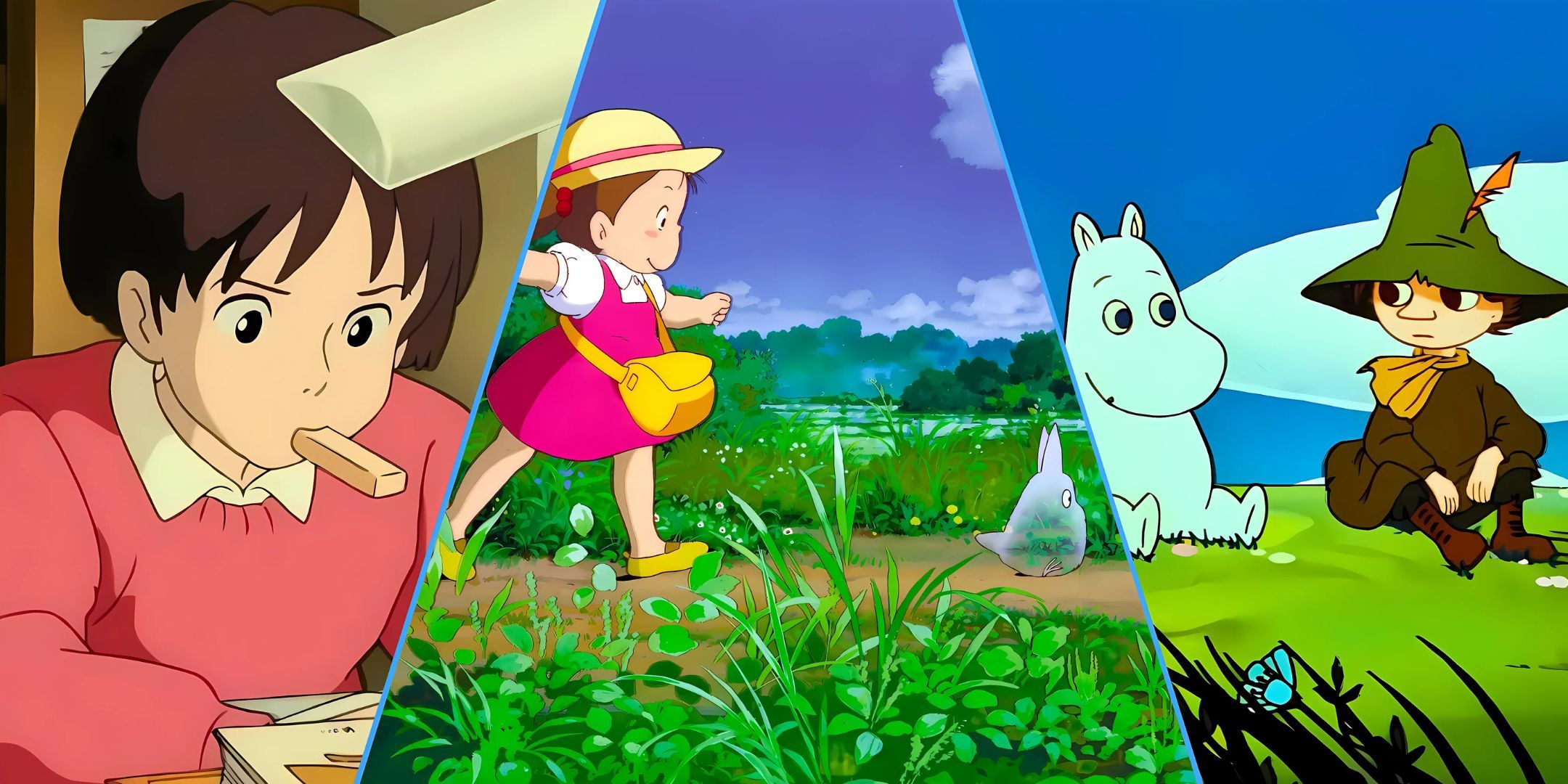
A Slice-of-Life anime focuses on portraying the ordinary daily life of its main characters and sometimes a diverse group of individuals. This genre is broad and can be found within various other genres such as fantasy, romance, or healing. Although Slice-of-Life anime series are widely appreciated today, there were notable examples from the 1990s that showcased this style effectively.
1990s anime often took a slice-of-life approach in storytelling and were primarily presented as movies. Studio Ghibli, one of the top studios during this era, is renowned for producing slice-of-life classics such as “Whisper of the Heart,” which delves into themes like a girl’s journey to find her creative identity, and “My Neighbor Totoro,” which revolves around a family’s adventures with enchanting forest spirits. Slice-of-life anime from this period could also showcase melodramatic romantic elements, veering towards soap opera territory, as seen in titles like “Marmalade Boy.
Hana yori Dango (or Boys Over Flowers) is a series that spans many episodes and follows the main character, Tsukushi, through various stages of her life. The show portrays Tsukushi’s journey as she enrolls in an exclusive high school where she feels like an outsider amidst a group of privileged students. She doesn’t belong to their elite circle; instead, she hails from a modest, middle-class background.
In the series “Boys Over Flowers,” while it might be categorized as a slice-of-life, Tsukushi’s life is more turbulent than tranquil, making her everyday experiences quite chaotic. Her storyline is filled with a significant amount of drama, a common feature of 1990s contemporary shojo romance. The relationships and romances portrayed in “Boys Over Flowers” can be quite harmful, but the series is still recognized as a classic example of contemporary romance.

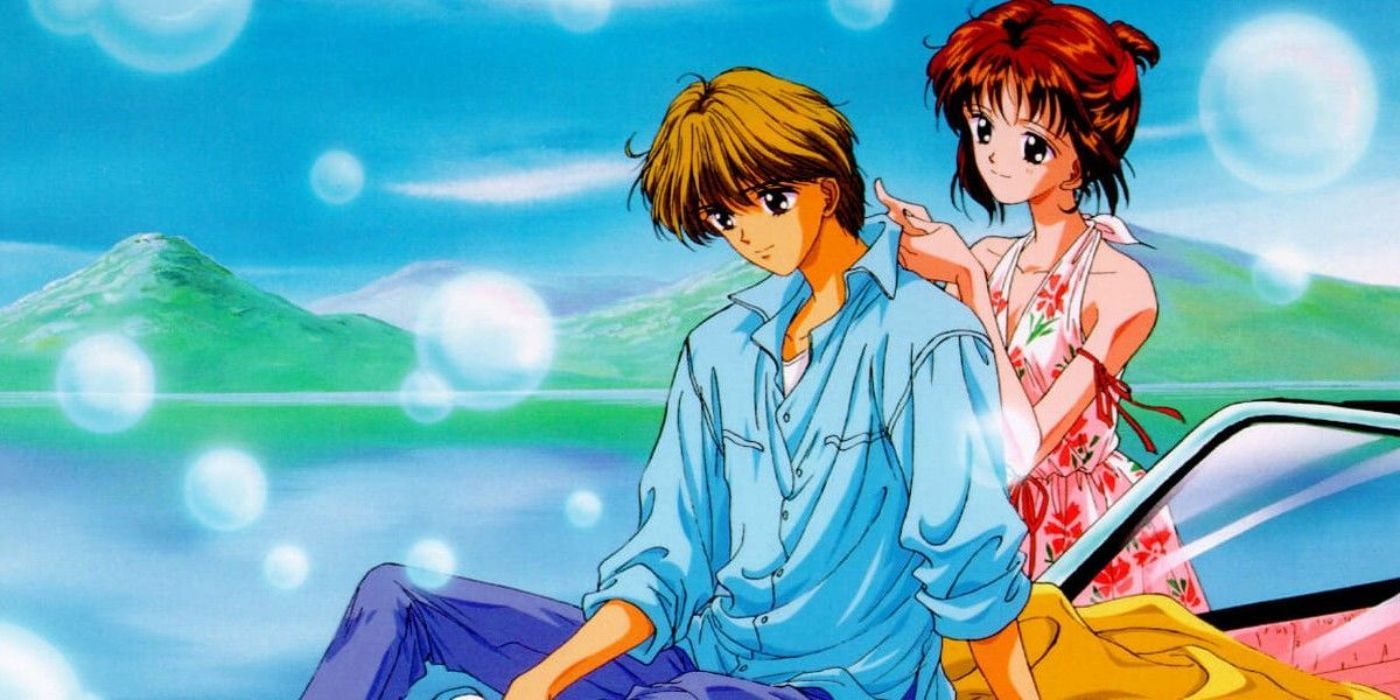
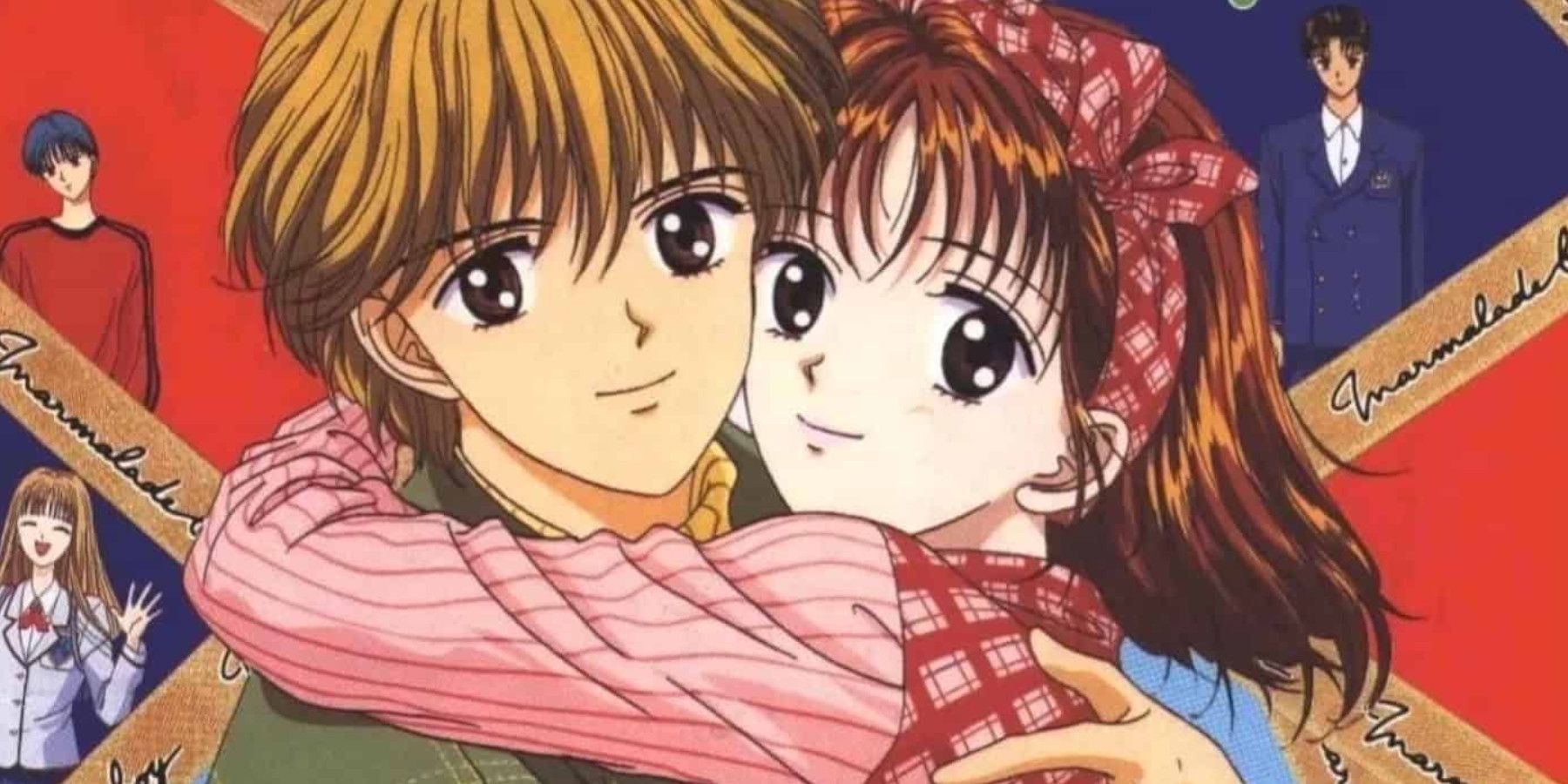
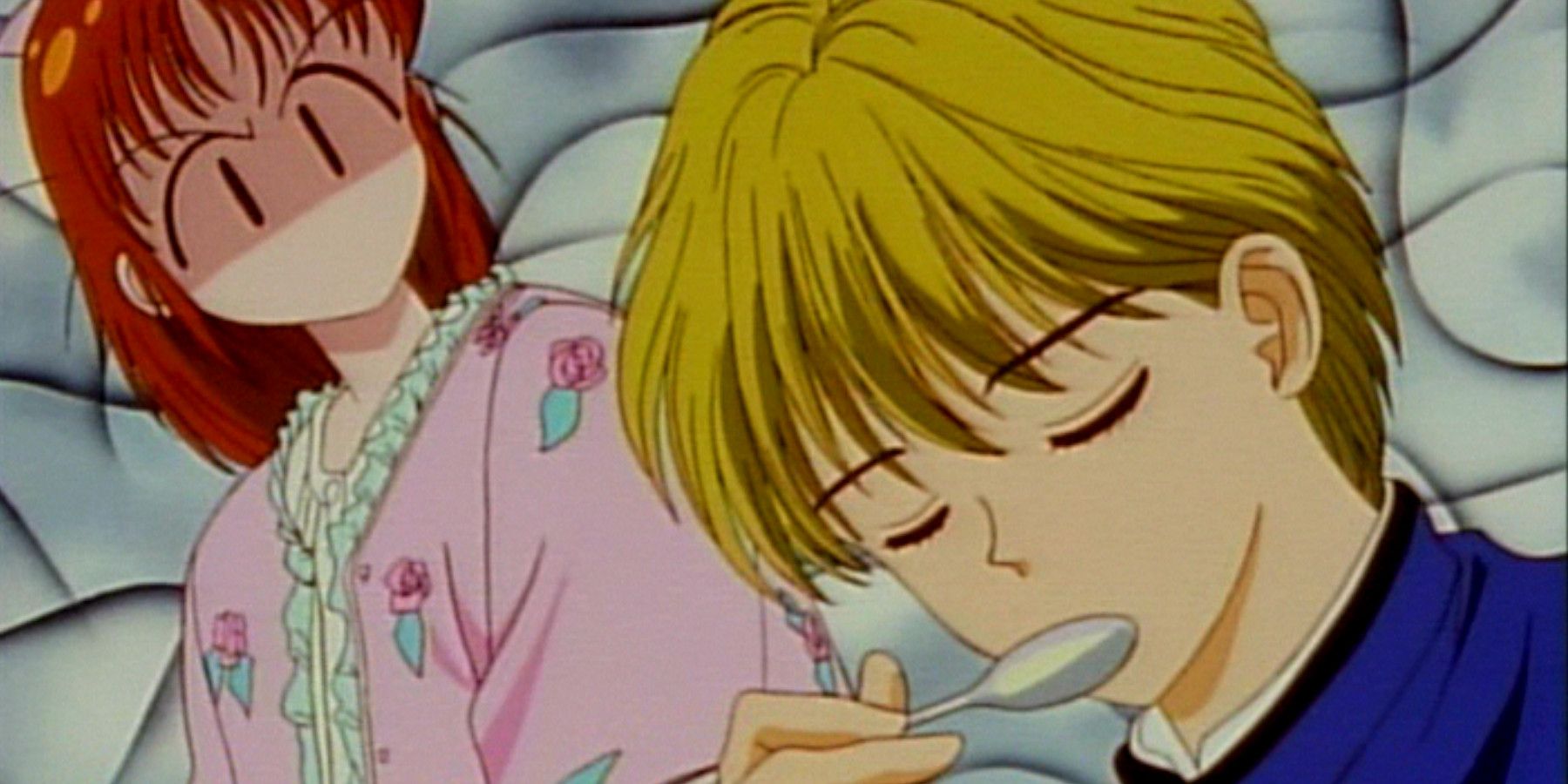
The captivating “Marmalade Boy” spans an impressive 76 episodes, focusing on a young girl named Miki and her unique family setup. The story unfolds when Miki learns that her parents are divorcing, but that’s only the beginning. It’s revealed that Miki’s parents are in love with another couple who are also getting a divorce. This extraordinary twist allows both sets of couples to swap spouses and cohabit under one roof.
In a twist of events, Miki develops affection for the son of the household she joins residence with. Despite being Yuu’s stepbrother by definition, their relationship transcends the technicalities as Miki’s feelings for him persist. “Marmalade Boy” offers an engaging blend of emotionally charged scenarios and everyday storytelling.
Ah! My Goddess is a heartwarming romantic comedy set in the seinen genre, featuring a young college man named Keiichi and his love interest, the divine Belldandy – a goddess hailing predominantly from Norse mythology. The show cleverly merges Norse mythology with Japanese folklore, creating an enchanting blend that resonated deeply with many viewers in the 1990s, as it was often their first foray into romantic comedies or supernatural school romance anime.
Ah! The series titled “Ah! My Goddess” features engaging fantasy, romantic, and everyday life elements. It encompasses themes like forbidden love, school settings, and divine wish-fulfillment. In this unique universe, it’s not advisable for humans and deities to develop feelings for each other. However, in the spirit of a typical slice-of-life romance narrative, all obstacles are eventually overcome by the story’s conclusion.
Title “His & Her Circumstances” is a humorous romantic story set in high school, often hailed as the pinnacle of modern shojo romance. The main character, Yukino, craves what numerous teenagers yearn for: acknowledgement and acceptance. She finds solace in academic achievements, but Souichiro Arima consistently thwarts her successes.
His & Her Circumstances is frequently praised as the ideal academic rival’s love story. Transforming it into a day-to-day life narrative could be achieved by reimagining it as a humorous romantic series centered around school competitors who eventually fall in love. The series spans 26 episodes, and many fans lament that the anime didn’t adapt more of the slice-of-life manga.
One of Studio Ghibli’s rare productions featuring an adult protagonist is titled “Only Yesterday”. This film delves into the protagonist, Taeko, revisiting her childhood memories and hometown. As the story unfolds, we see Taeko grappling with questions about her identity and the life she desires as a grown woman, all while immersed in a thoughtful, dreamlike, and enchanting atmosphere.
From my perspective, slice-of-life anime often evokes a sense of nostalgia, regardless of whether the viewers can relate to the protagonist’s personal feelings of nostalgia. The film “Only Yesterday” encapsulates this feeling beautifully. It is among the more mature and underestimated productions from Studio Ghibli. Additionally, it stands out as one of the most poignant and thought-provoking films in their collection.
My Neighbors the Yamadas is another overlooked masterpiece from Studio Ghibli, helmed by co-founder Isao Takahata. Often hailed as one of his finest works, this accolade carries weight given Takahata’s involvement in other timeless anime series like Akage no Anne, or Anne of Green Gables. The film boasts a unique and invigorating visual style, providing a deeply engaging perspective on family life.
In the animated series titled “My Neighbors the Yamadas“, every family member is skillfully brought to life, from the unconventional grandmother to the energetic kids, and the tireless parents. This standout family-focused anime manages to strike a chord with its audience, offering relatable stories about life and interpersonal relationships without resorting to preachiness. The witty yet subtle writing of “My Neighbor Yamadas” makes it an exceptional example of the genre.
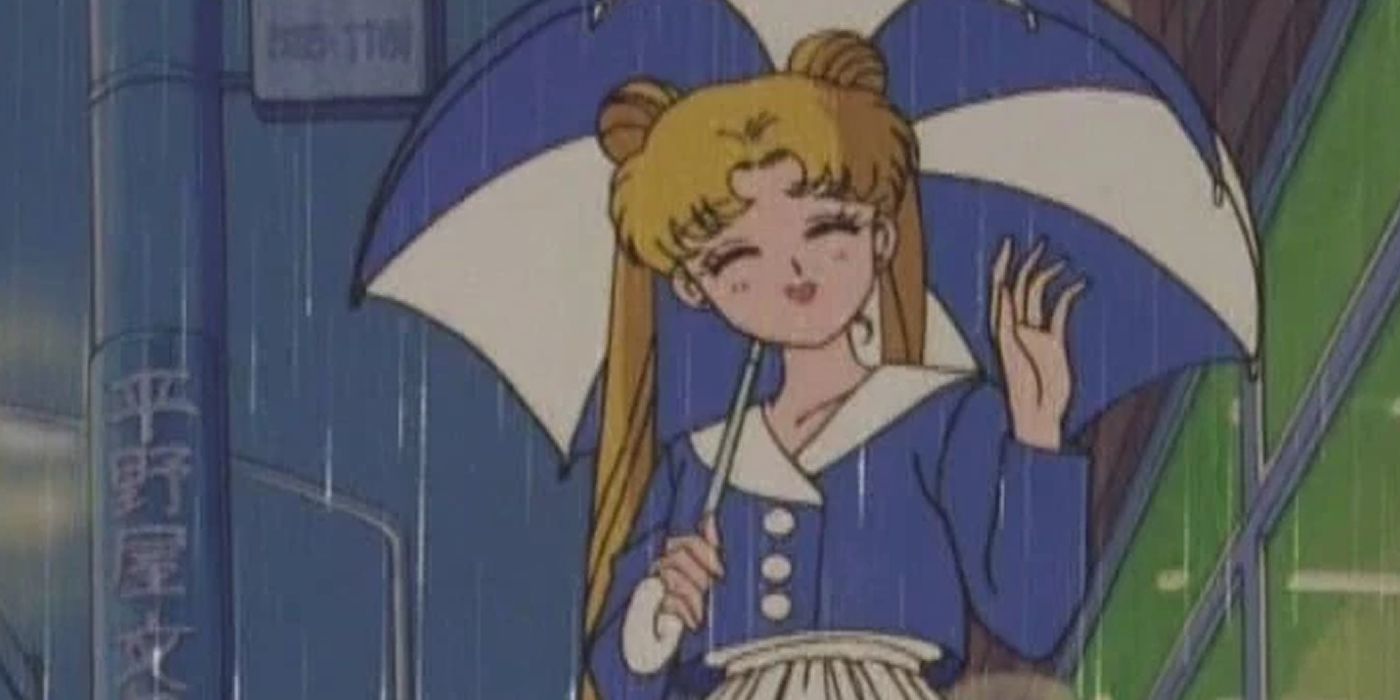


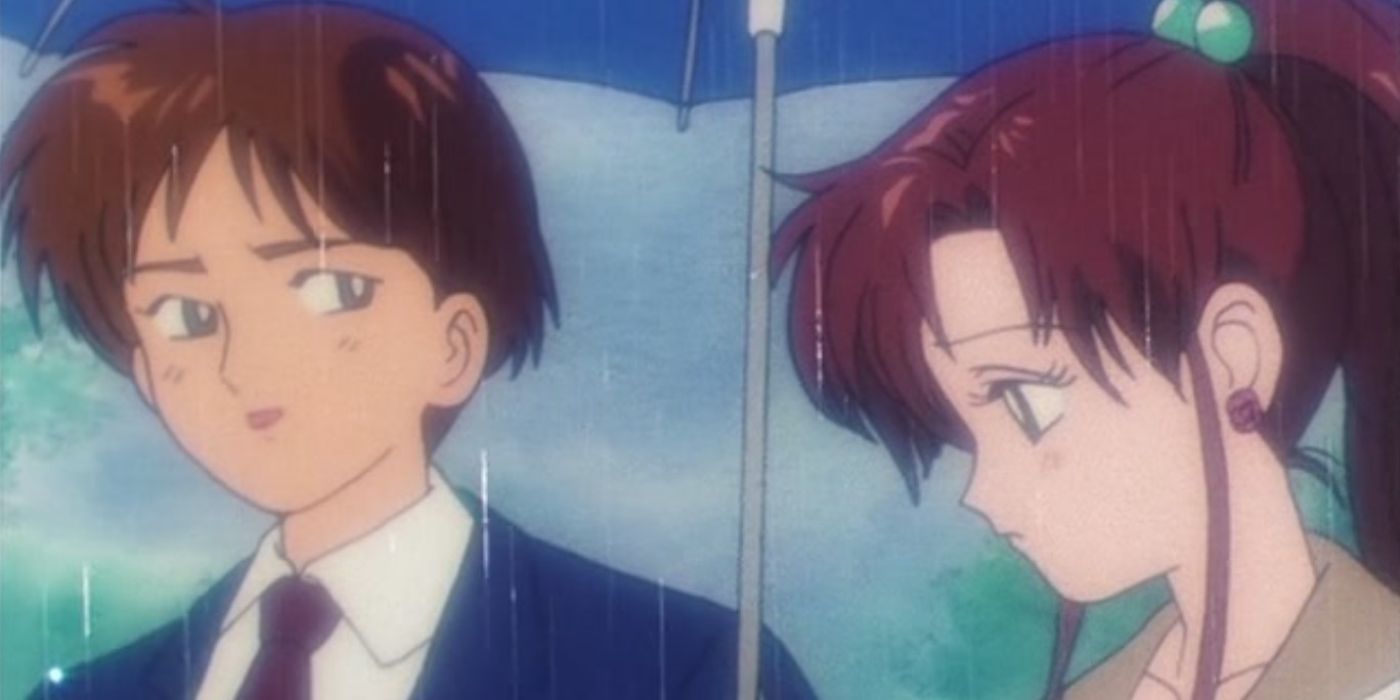

The original manga series, “Pretty Guardian Sailor Moon,” and its ’90s anime adaptation, simply known as “Sailor Moon,” contain numerous subplots that don’t advance the main story (often referred to as filler arcs). This makes it ideal for fans who enjoy slice-of-life shojo stories. The series focuses on Usagi and her friends, the Inner Sailor Guardians, with plenty of comedic moments, romantic entanglements, and fashionable ’90s outfits that have become iconic.
What truly sets Sailor Moon apart is its tranquil scenes showcasing the Tokyo skyline at night, delicately depicted in watercolor. These instances, designed for audience appreciation of the setting, fashion, and character interactions, are classic examples of the slice-of-life genre. It’s not just that these moments are visually appealing; they also play a significant role in storytelling by fostering emotional connections between characters, making them more relatable and compassionate.
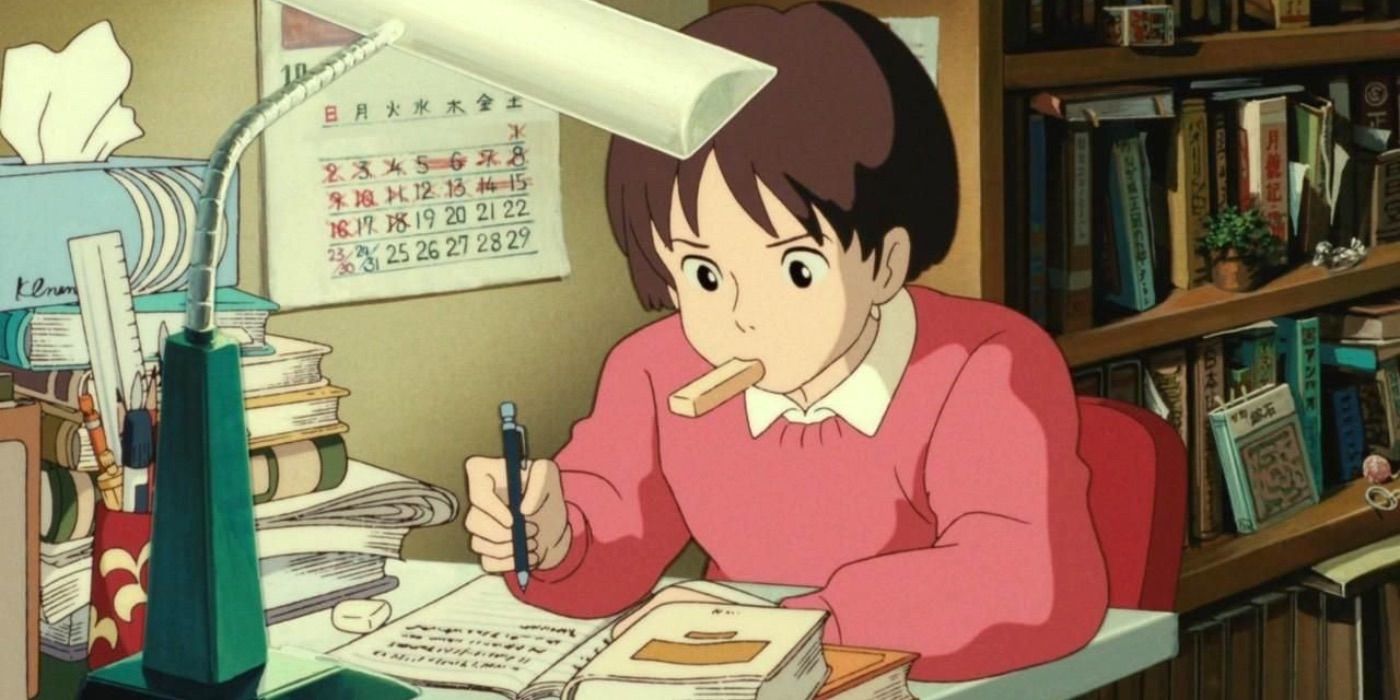
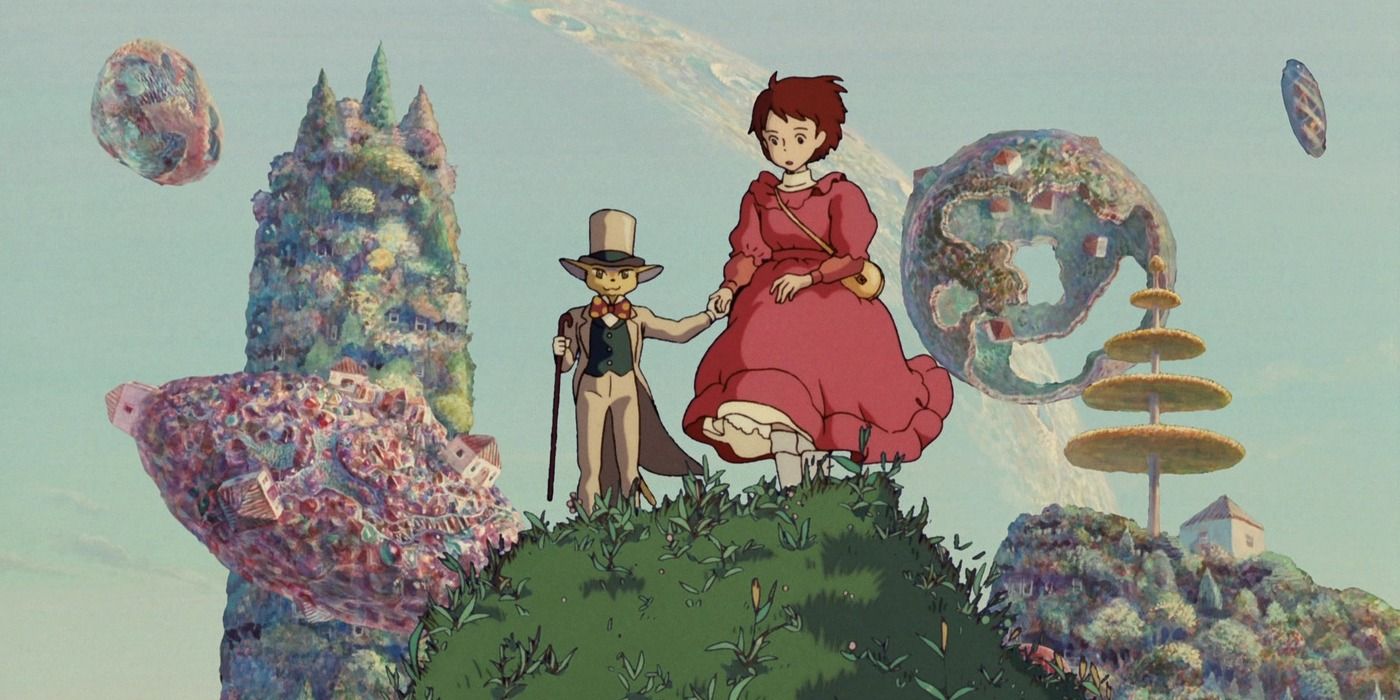
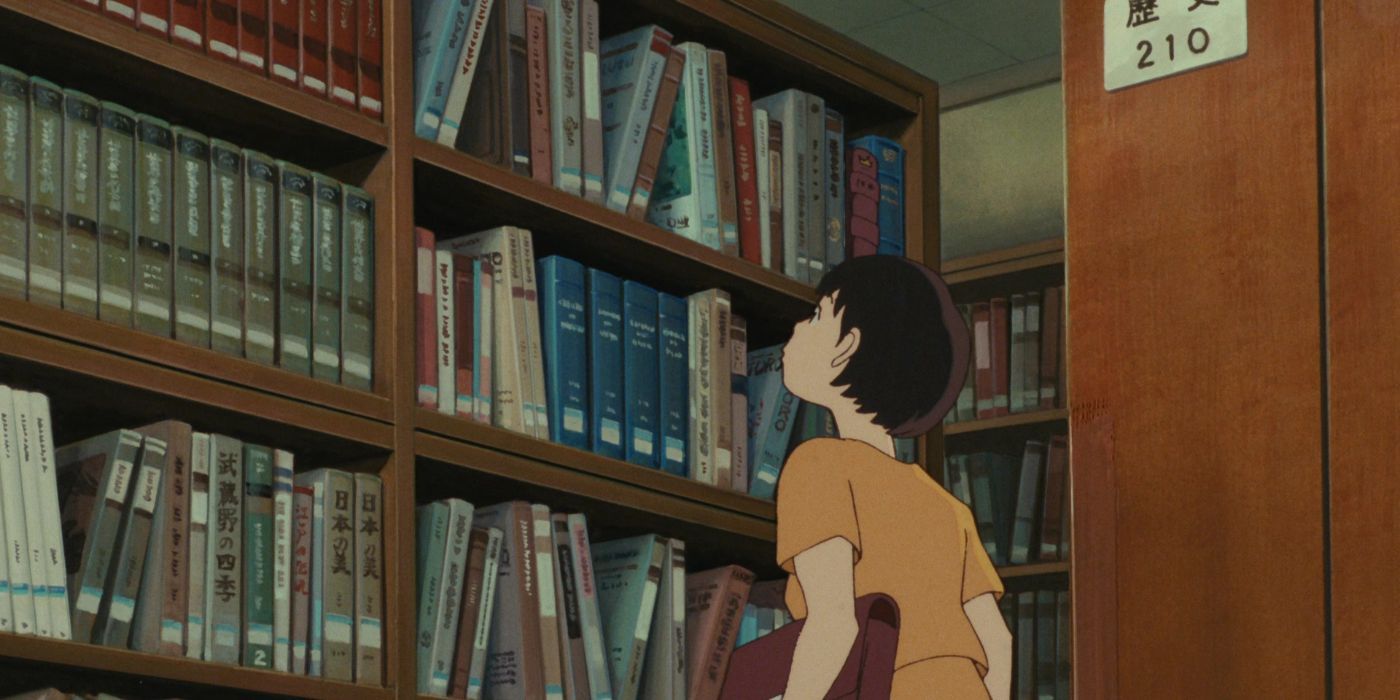

In the animated movie “Whisper of the Heart” by Studio Ghibli, we meet Shizuku, a character who’s deeply immersed in books. She’s read so many from the library that it feels like she’s almost emptied its shelves. Shizuku harbors dreams of becoming a professional writer or novelist someday, and throughout the film, she embarks on a journey to discover her unique voice as an author.
In the quiet ambiance of my observation, I find myself captivated by the enchanting scene of Shizuku diligently working at her desk. It is here, within this tranquil setting, that the ethereal figure of Lofi Girl found her digital fame.
Shizuku’s narrative offers a unique glimpse into the intricate artistic process, a facet seldom explored in literature. Through her journey, we witness not only the molding of an artist but also the raw struggle that often accompanies such a transformation. Yet, amidst the hardships, there remains a profound joy in following this creative odyssey.
In the animated film “My Neighbor Totoro”, the family, including their father Tatsuo, relocate to a tranquil rural setting as they wish to be close to Yasuko, their mother who is recuperating from an extended illness in a hospital. The narrative unfolds through the perspectives of the Kusakabe sisters, exploring their new country home teeming with mysterious dust creatures and enchanted woods housing benevolent forest spirits.
The movie “My Neighbor Totoro” is often recognized as a pioneer in children’s entertainment and animation. It appeals to both kids and adults, offering a blend of entertainment and deep emotional resonance. The animation and music are set against languid, stunning images of nature, rendered with exceptional attention to detail. To the young Kusakabe sisters, simple sights like raindrops on a rock or sprouts growing from a buried seed appear as enchanting magical phenomena.
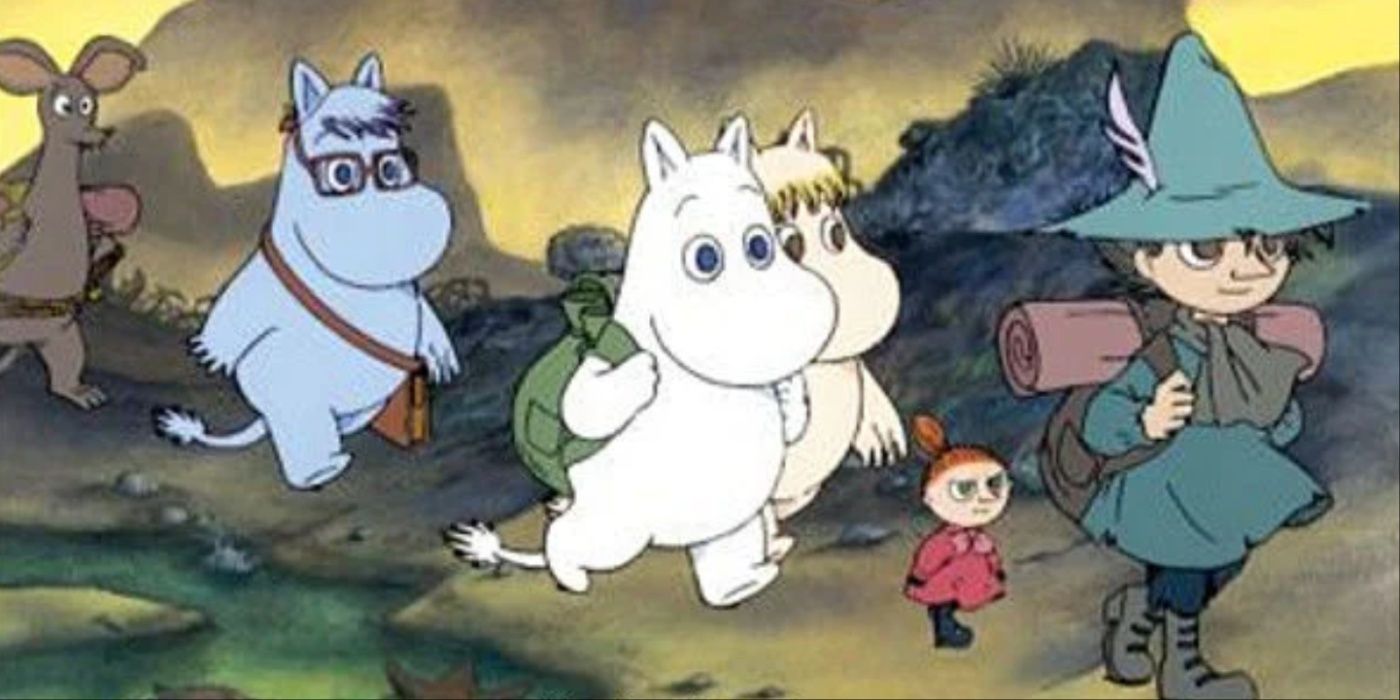
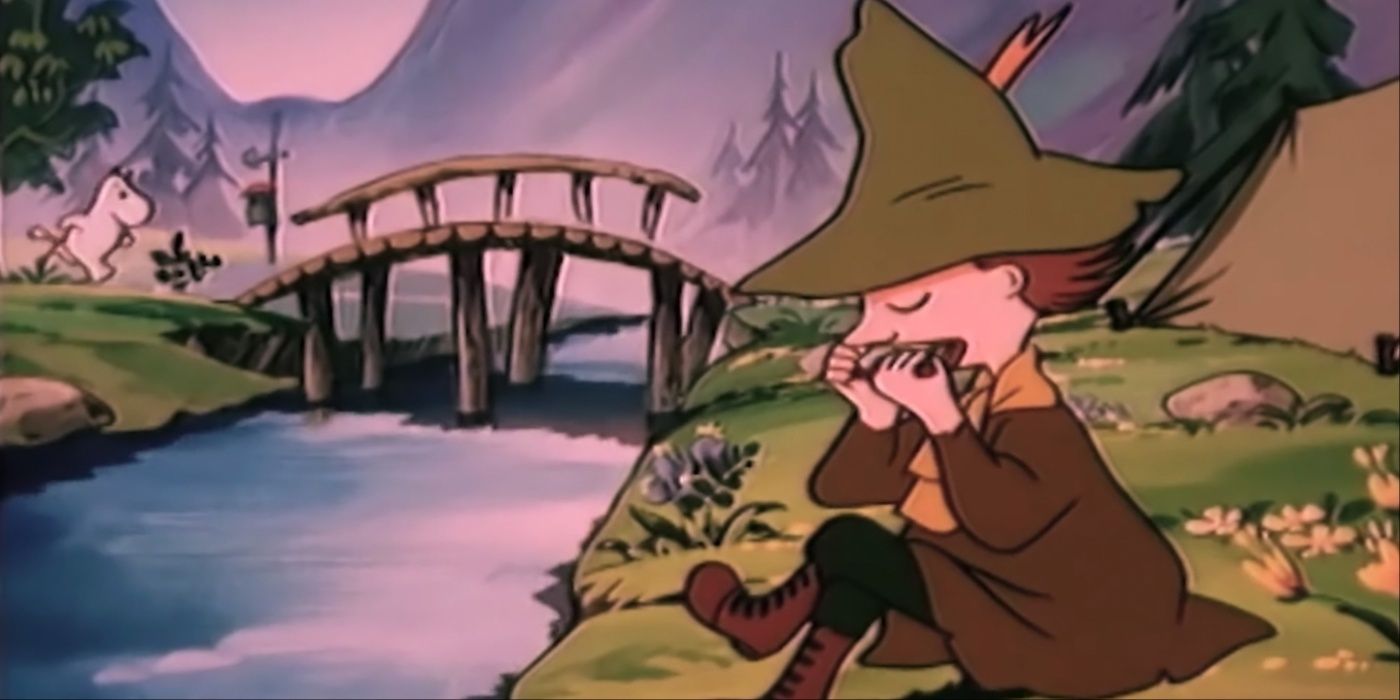
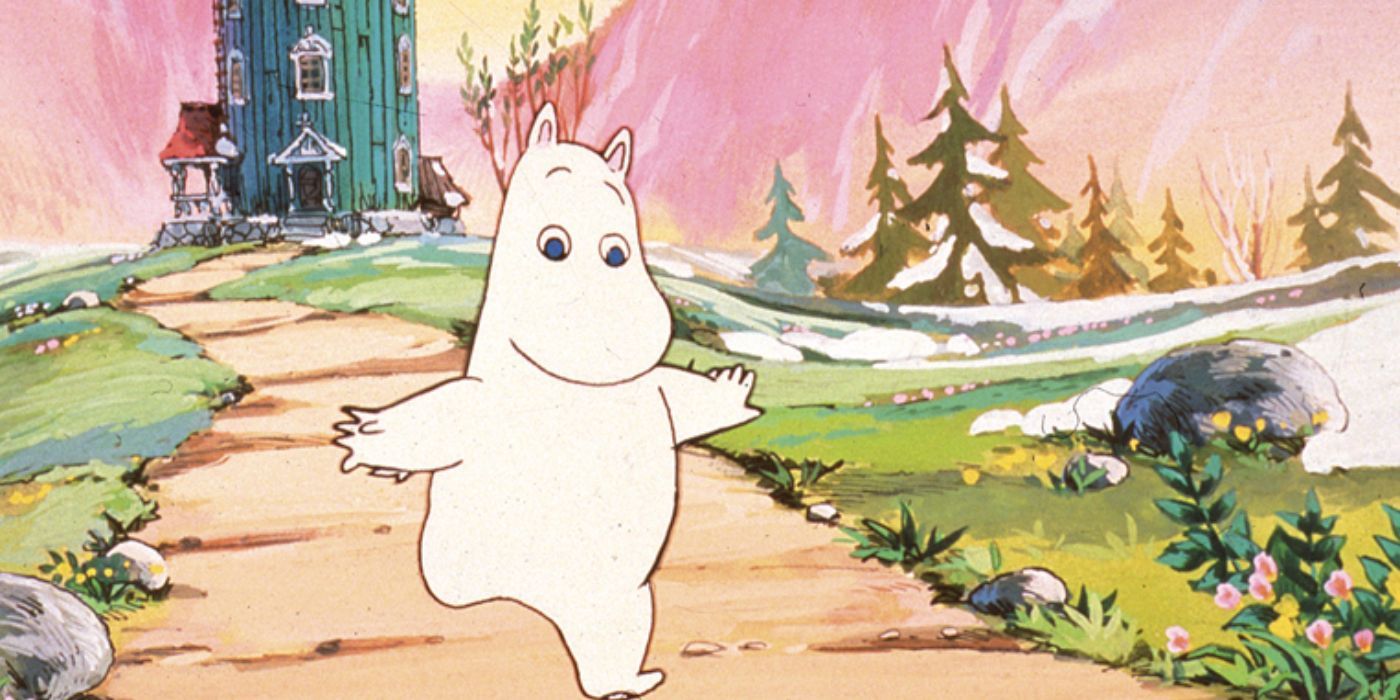

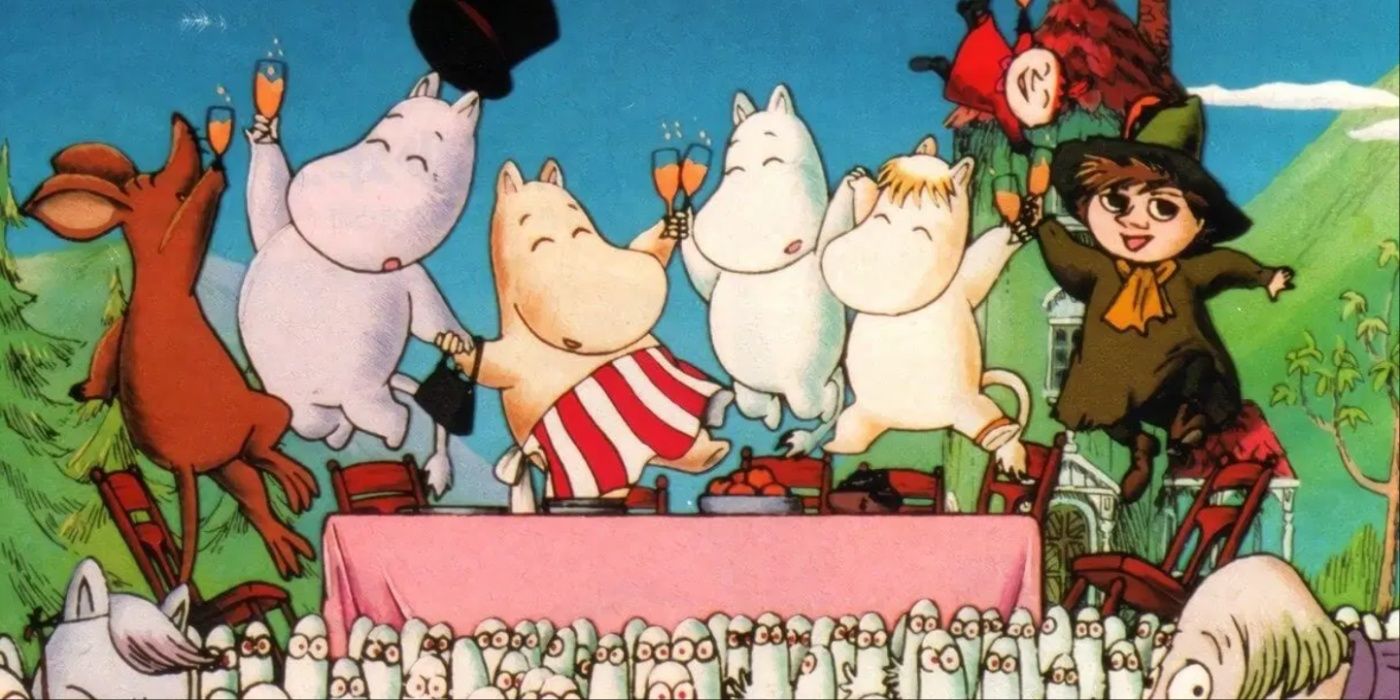
Moominvalley Tales, or just Moomin, is a 104-episode series inspired by the Moomin novels written by Tove Jansson. This series was so well-received in Japan that it ignited a Moomin craze during the 1990s. The main theme revolves around the day-to-day lives of the peaceful, hippo-like Moomintrolls who inhabit a lush and whimsical world reminiscent of a Bob Ross landscape painting.
The Moomintroll characters often embark on magical journeys accompanied by a host of companions. While the storyline structure remains consistent, each tale takes a unique turn. Occasionally, the Moomins leave their valley to explore enchanting woods inhabited by wizards and peculiar spirits. Unlike traditional iyashikei series that focus on everyday life in a tranquil natural setting, the Moomin novels were written independently from this genre. However, the anime adaptation can be classified as an iyashikei due to its healing and soothing qualities.
Read More
- Who Is Harley Wallace? The Heartbreaking Truth Behind Bring Her Back’s Dedication
- 50 Ankle Break & Score Sound ID Codes for Basketball Zero
- 50 Goal Sound ID Codes for Blue Lock Rivals
- KPop Demon Hunters: Real Ages Revealed?!
- Lottery apologizes after thousands mistakenly told they won millions
- Umamusume: Pretty Derby Support Card Tier List [Release]
- Ultimate AI Limit Beginner’s Guide [Best Stats, Gear, Weapons & More]
- 100 Most-Watched TV Series of 2024-25 Across Streaming, Broadcast and Cable: ‘Squid Game’ Leads This Season’s Rankers
- Mirren Star Legends Tier List [Global Release] (May 2025)
- J.K. Rowling isn’t as involved in the Harry Potter series from HBO Max as fans might have expected. The author has clarified what she is doing
2025-04-27 06:57